As the days grow shorter and the weather begins to cool, many homeowners start preparing their homes for the upcoming fall and winter months. Hot water is something we rely on daily—for showers, laundry, and cooking—and the last thing you want is for your water heater to fail when the weather turns chilly.
The good news is that a little maintenance now can help prevent major issues later. With just a few key steps, you can keep your water heater running efficiently, extend its lifespan, and avoid the unpleasant surprise of cold water on a brisk autumn morning. Here are some practical water heater maintenance tips to take care of before fall sets in.

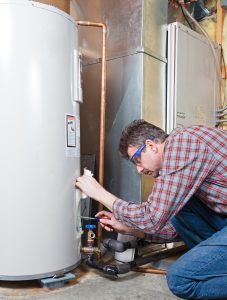
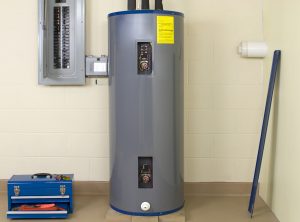

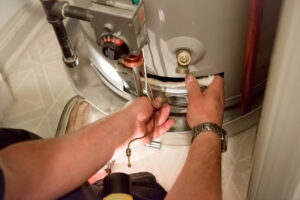
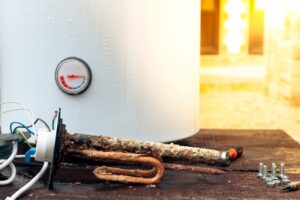 If we were to ask you to name one of the most important appliances in your home, that you likely take for granted, what would it be? If you said water heater, we’re bound to agree! The water heater in your home works pretty much 24/7 to allow you to shower whenever you want, wash dishes, do laundry, and more. If you’re using a tank model water heater, then you rely pretty heavily on one particular component–the anode rod.
If we were to ask you to name one of the most important appliances in your home, that you likely take for granted, what would it be? If you said water heater, we’re bound to agree! The water heater in your home works pretty much 24/7 to allow you to shower whenever you want, wash dishes, do laundry, and more. If you’re using a tank model water heater, then you rely pretty heavily on one particular component–the anode rod.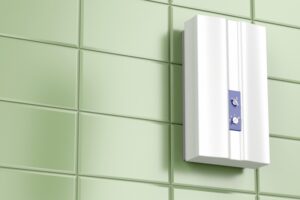 If you’ve ever seen a storage-tank water heater, which you probably have, then you know they are big, pretty noticeable, and can even be a bit noisy. In other words, it’s difficult not to pay attention to a traditional water heater, if that’s what you have in your household.
If you’ve ever seen a storage-tank water heater, which you probably have, then you know they are big, pretty noticeable, and can even be a bit noisy. In other words, it’s difficult not to pay attention to a traditional water heater, if that’s what you have in your household.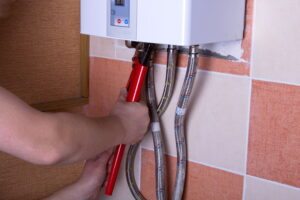 When most folks envision a water heater, they see a big tank, with pipes and water lines coming out of it. What if you take away the tank, though?
When most folks envision a water heater, they see a big tank, with pipes and water lines coming out of it. What if you take away the tank, though?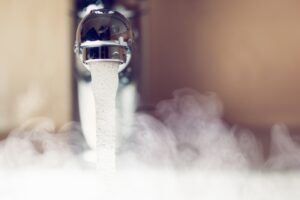 The short answer to this is, “yes.” Why? Because of something called hard water and scaling. You’ve likely heard these terms before, but maybe you didn’t quite understand what they meant. Hard water refers to a water supply that has a large amount of minerals in it—namely calcium, magnesium, and iron. For most people, this is perfectly safe to ingest. But it’s not so great for your plumbing system, including the water heater.
The short answer to this is, “yes.” Why? Because of something called hard water and scaling. You’ve likely heard these terms before, but maybe you didn’t quite understand what they meant. Hard water refers to a water supply that has a large amount of minerals in it—namely calcium, magnesium, and iron. For most people, this is perfectly safe to ingest. But it’s not so great for your plumbing system, including the water heater.